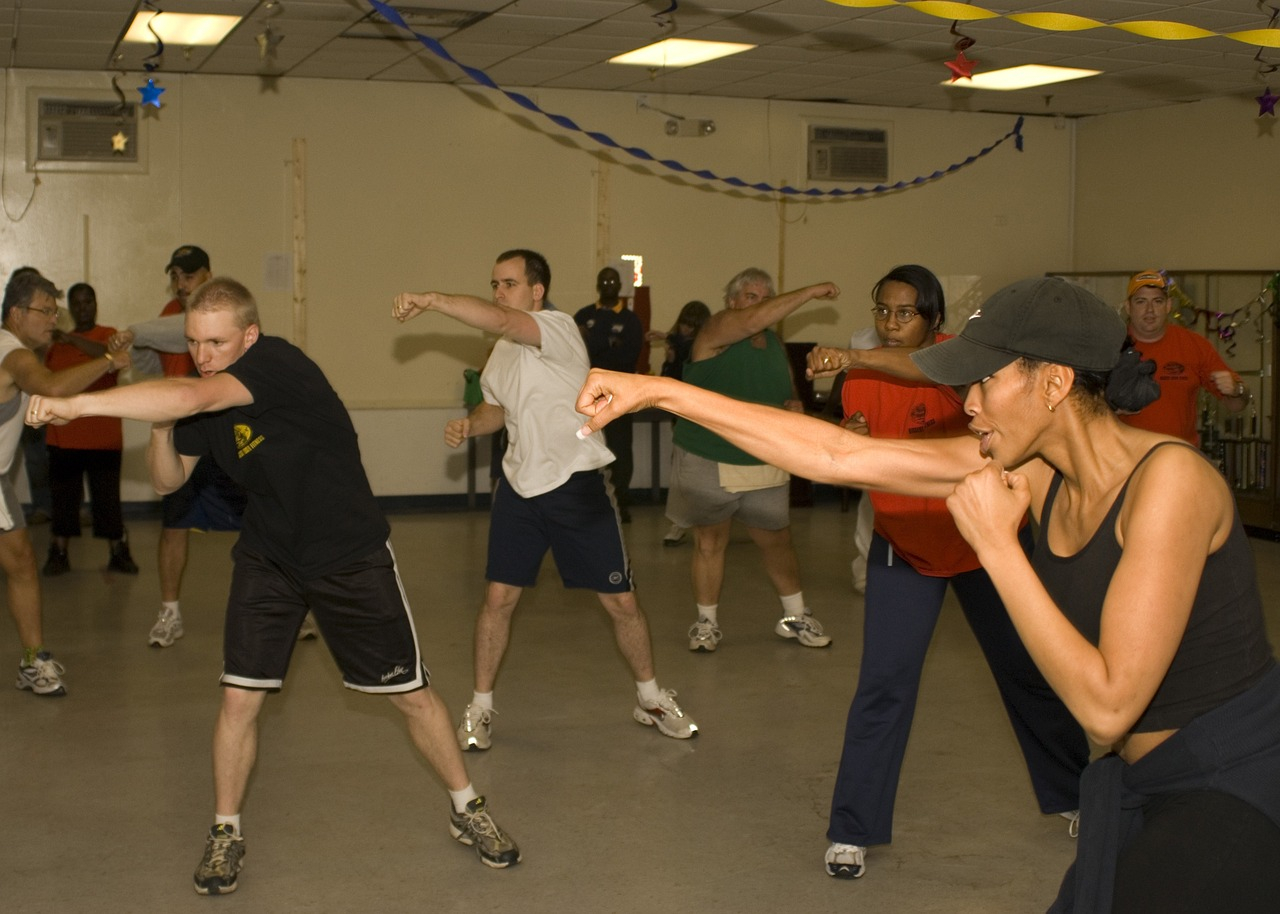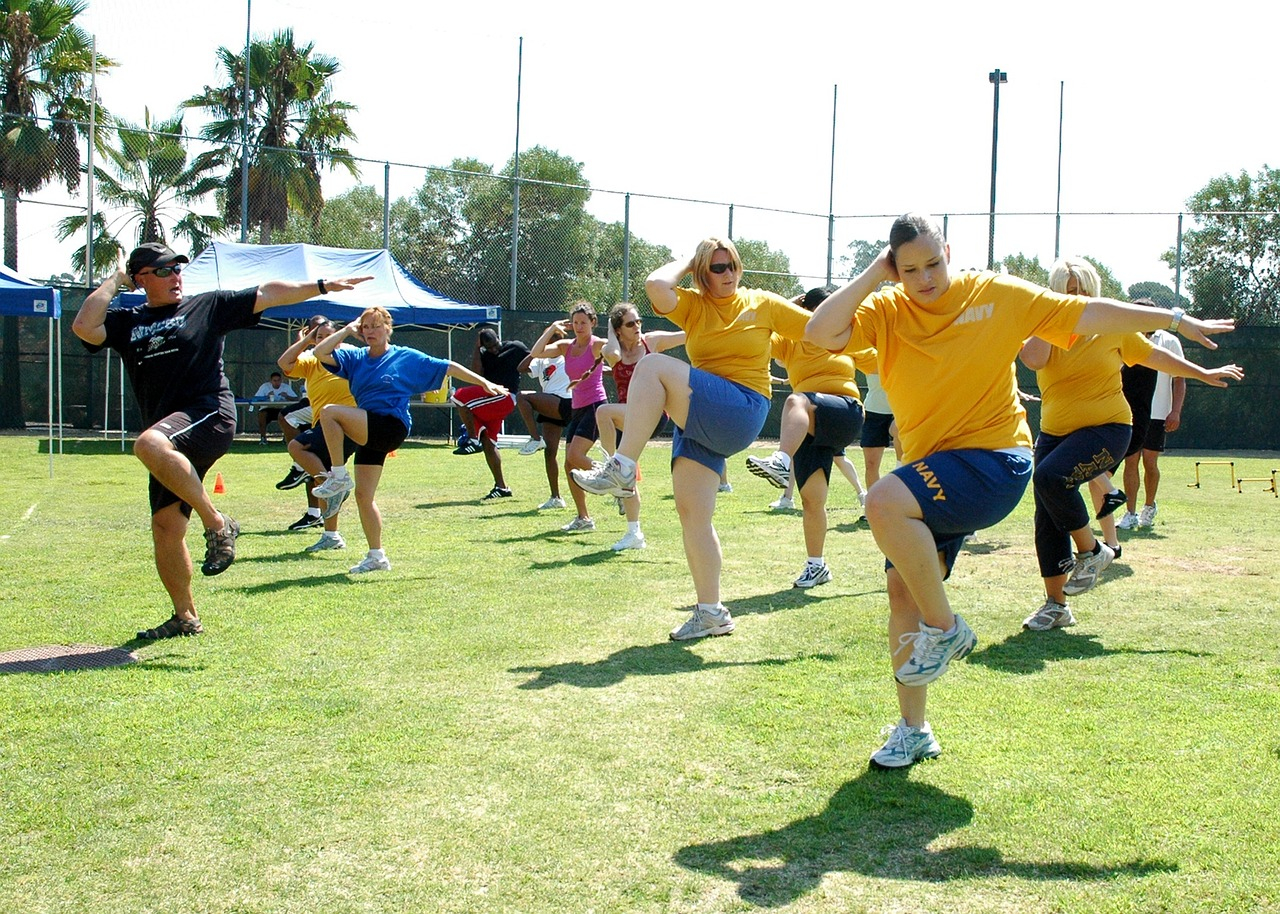Ultimate Guide: How to Build Muscle Fast for Women
Embarking on a fitness journey can be daunting, but with the right guidance, anything is possible. This is your ultimate guide to building muscle fast for women. It’s your go-to resource where you’ll discover tips on proper diet, specific workout routines, and necessary lifestyle changes you need to facilitate faster muscle growth. In this manual, we’ve taken the liberty to unpack and demystify some of the most common FAQs related to muscle building in women, ensuring you get the comprehensive assistance you need. Brace yourself for an exciting journey in personal fitness and growing strength.

Understanding the Basics
Muscle growth, also known as muscle hypertrophy, is an increase in muscle size. It results from a combination of both working out and properly fueling your body. Understanding the processes that contribute to muscle growth can help you make the most of your workouts and optimize results.
What is Muscle Growth
In the simplest terms, muscle growth takes place when the rate of protein synthesis in your muscle fibres outweighs the rate of protein degradation. This results when you challenge your muscles beyond their normal capacity, and then allow them sufficient rest and provide them with enough protein to repair and grow.
Why Women Should Build Muscle
Building muscle is not just for men. In fact, women can reap several benefits from gaining lean muscle mass. Not only does it enhance your physical strength, but it also improves your fitness, boosts your metabolism, shapes your body, and even benefits your bone health. Additionally, lean muscle can also contribute to improved body confidence and enhanced mood.
Busting the Myth: Women and ‘Bulking Up’
There’s a common myth that if women lift heavy weights, they’ll bulk up like men. But here’s the deal ladies, it’s a myth! Women simply don’t produce as much testosterone – a key hormone that contributes to muscle growth – as men do, so gaining massive amounts of muscle mass is exceptionally difficult. The right type of strength training will help build lean, toned muscles, not the bulky biceps many women fear.
Designing Your Workout Plan
A well-designed workout plan tailored to your personal goals and needs is an essential part of promoting muscle growth.
Determining Your Fitness Goals
Before you start lifting weights, it’s essential to define what you want to achieve. Whether it’s just toning up a bit, increasing your overall strength, improving your fitness, or preparing for a bodybuilding competition, your fitness goals should dictate the way you work out.
Defining a Workout Schedule
You’ll also need to create a consistent workout schedule. The typical recommendation for muscle growth is to target each muscle group 2-3 times a week, with rest days in between. However, the right regimen for you will depend on your body, your goals, and your ability to recover.
Choosing the Right Exercises
To optimize muscle growth, incorporate compound exercises into your workout routine. These exercises work multiple muscles at once and therefore stimulate more muscle growth than isolated exercises. Include exercises like squats, deadlifts, and bench presses in your repertoire.
Strength Training for Muscle Growth
Strength training is the go-to method for developing muscle mass. Through consistent, high-resistance workouts, you can break down your muscle fibers, triggering your body to repair the tissue, resulting in muscle growth.
The Role of Strength Training
Strength training is key to muscle growth because it causes muscle fibers to break down. As your body repairs these fibers, they grow stronger and bigger. Over time, this process leads to muscle growth.
Effective Strength Training Exercises
The best strength training exercises for muscle growth are compound movements that target multiple muscle groups. Squats, deadlifts, pull-ups, bench presses, and lunges are all effective exercises that promote muscle growth.
Safety Tips for Strength Training
When getting into strength training, it’s crucial to train smart and safe. Always use proper form to prevent injuries, don’t lift weights too heavy for your current strength, take rest days to allow your muscles to recover, and use safety equipment like weight belts and gloves if necessary.
The Importance of Progressive Overload
Progressive overload is a principle in strength training that involves gradually increasing the amount of stress placed upon the body during training to continuously challenge the muscles, which promotes muscle growth over time.
Understanding Progressive Overload
In essence, progressive overload means pushing your body a little further each time you train. This can involve lifting heavier weights, performing more reps, or increasing your workout’s intensity or volume.
Applying Progressive Overload in Your Training
To apply progressive overload in your training, you could try adding more weight to your exercises every week or two, increasing the number of reps or sets, or decreasing your rest time between sets.
Tips for Gradual Progression
When applying progressive overload, remember it’s about gradual progression, not instant results. Listen to your body and don’t push too hard too fast. Also, ensure you maintain proper form even when increasing weights or reps.

Incorporating Cardio in Your Routine
While strength training is crucial for building muscle, cardiovascular exercise plays an essential role in a well-rounded fitness routine and should not be overlooked.
Why Cardio is Necessary
Cardio provides the body with improved circulation, which aids in nutrient delivery to the muscles. It also helps burn fat, which can make muscle definition more visible.
Selecting the Right Type of Cardio
The best type of cardio will depend on your personal goals. For maintaining muscle mass, aim for lower-intensity, steady-state cardio like walking or cycling. However, for fat loss, high-intensity interval training (HIIT) may be more effective.
Balancing Cardio and Strength Training
It’s essential to find a balance between cardio and strength training. Too much cardio can interfere with muscle growth, while too little can hinder your overall fitness. Adjust your cardio schedule based on your weightlifting workouts; if you’re doing heavy lifting, balance it out with light cardio, and vice versa.
Eating for Muscle Growth
Nutrition is a crucial part of muscle growth. Your muscles need the right nutrients to recover and grow after a workout.
How Nutrition Influences Muscle Growth
Your body needs protein to build muscle, carbohydrates to provide energy for your workouts, and healthy fats to support overall health. If your meals lack these critical nutrients, your body won’t have the resources it needs to build muscle.
Determining Your Dietary Needs
Everyone’s dietary needs are different, depending on factors like your body type, exercise level, age, and metabolism. Consider consulting with a dietician or nutritionist to tailor a diet plan to your specific needs.
Key Nutrients for Building Muscle
Protein is the most essential nutrient for muscle growth, so aim to include lean sources in your meals. Carbs are necessary for energy, while healthy fats assist in hormone production. Don’t forget about vitamins and minerals, as they play crucial roles in various bodily functions, including muscle recovery and growth.

Supplements for Muscle Building
While most of your nutritional needs should be met through whole foods, supplements can help fill the gaps and give you an extra boost.
The Role of Supplements in Muscle Growth
Supplements can provide additional protein, vitamins, minerals, and other nutrients that may be lacking in your diet. They can help maximize your workouts, improve recovery, and enhance muscle growth.
Safe and Effective Supplements
Consider adding protein powders, BCAAs, creatine, and multivitamins to your regimen, as these can promote muscle growth and aid recovery. However, be sure to research each supplement thoroughly and choose high-quality, reputable brands.
Avoiding Risky Supplements
Avoid supplements that promise quick, miraculous results or contain potentially dangerous ingredients. Always check with a healthcare professional before starting any new supplement to ensure they are safe and right for you.
Recovery and Rest
Rest is crucial for muscle growth. During rest periods, your muscles repair the breakdown caused by strength training- and this process leads to growth!
Why Rest is Crucial for Muscle Growth
When you rest, your body goes to work repairing and rebuilding your damaged muscle fibers, making them stronger and larger. Without adequate rest, you aren’t giving your body a chance to grow.
Understanding the Role of Sleep
Sleep is a vital part of recovery. During sleep, hormone production is at its peak, including growth hormones which aid in muscle repair and growth. Aim for seven to nine hours of quality sleep each night to support your muscle-building efforts.
Key Elements of Post-Workout Recovery
In addition to sleep, proper nutrition and hydration, stretch and cool-down exercises, as well as rest days, are all essential for optimal muscle recovery. Be kind to your body; pushing too hard without sufficient rest can lead to overtraining and potential injury.
Preventing and Handling Injuries
Injuries can set back your progress, so it’s essential to take steps to prevent them.
Common Workout Injuries and How to Prevent Them
Common injuries from strength training include strains, sprains, and stress fractures. Prevent these by using proper form, training on a suitable schedule, warming up before your workout, and cooling down afterward.
What to Do When You Get Injured
If you do get injured, stop any activity that causes pain. Rest, ice the area, compress it, and elevate it if possible (a method known as RICE). Consult a healthcare professional for advice and treatment.
Incorporating Mobility and Stretching
Regular mobility exercises and stretching can help prevent injuries by increasing your range of motion, improving posture and alignment, and helping your muscles function more effectively.
Frequently Asked Questions
Starting a muscle-building journey often raises many questions. Here are answers to some common ones.
How Long Does it Take to Build Muscle?
It generally takes at least six weeks of consistent strength training for noticeable muscle growth, but this can vary based on individual factors such as genetics, diet, sleep, and workout regimen.
What if I Miss a Workout?
Missing a workout occasionally won’t halt your progress. However, consistency is key to muscle growth, so try to make every session.
Can I do Cardio and Strength Training in the Same Session?
Yes, you can combine cardio and strength training in the same session. Consider doing your strength training first when you’re fresh, then finish with your cardio.
I’m Not Seeing Results, What’s Going Wrong?
If you’re not seeing results, you might be not eating enough, not resting enough, or your workout plan may need adjusting. Consider consulting with a trainer or dietitian to help you find what’s going wrong.
In conclusion, building muscle as a woman is a rewarding and beneficial endeavor. It takes dedication, proper nutrition, adequate rest, and a well-rounded workout routine. Don’t be discouraged by common myths or setbacks; you’re on a powerful path to becoming stronger and healthier. You’ve got this!


Pingback: Ultimate Guide: How to Build Muscle Mass – Lose Weight With Absolute Minimal Diet – Your All In One Guide to Weight Loss & Nutrition
Pingback: How to Successfully Build Muscle in Women: An FAQ Guide – Lose Weight With Absolute Minimal Diet – Your All In One Guide to Weight Loss & Nutrition